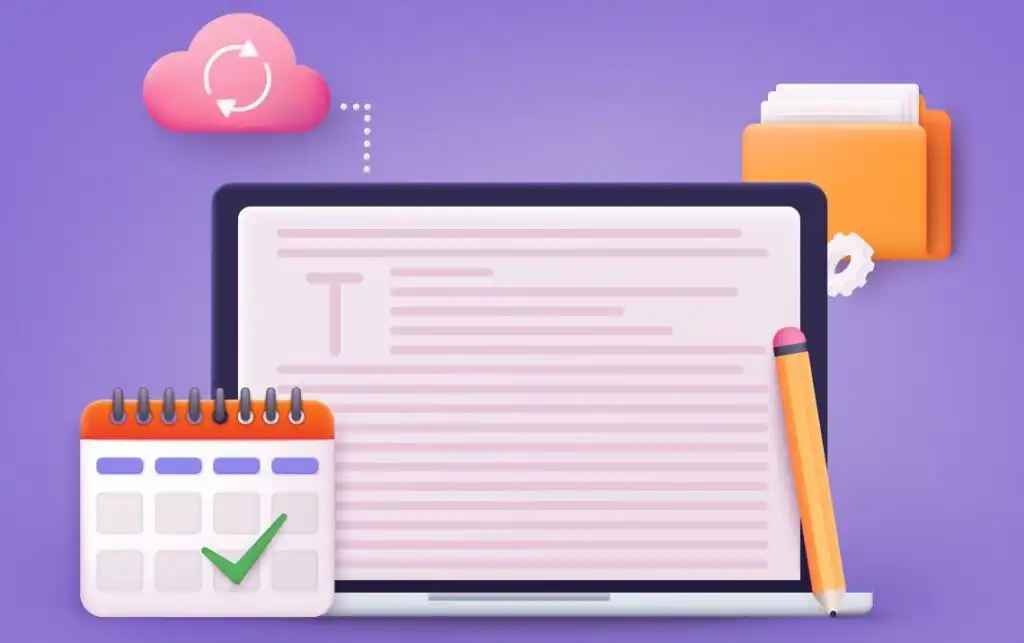
Publishing an email newsletter: 5 mistakes you must avoid
26 November 2020
A nifty design, attractive visuals and well—written copy — these are three ingredients that make a great newsletter. But what sounds like a simple formula to attract a reader is not so easy to attain.
Most of us spend the first few minutes of our day clearing our inboxes, taking a split second to decide whether to open an email or bin it. Each click of the button in your keypad is the moment of truth for marketers — a tiny moment when a newsletter emailed to you will pass the ‘open email’ test or join the heap of discarded emails.
Newsletters, both for external use and for the consumption of internal teams, offer an easy and cost—effective way to inform and engage with your audience. As many as 81 percent of B2B marketers say email newsletters are their most used form of content marketing tool.
So, what are some common pitfalls that you must avoid to ensure your newsletter is consumed well?
Mistake 1.0: Unfriendly design
Newsletters and resumes have one thing in common. It only takes a few seconds for the recipient to decide if it is worth reading or discarding. And in the case of an email newsletter, the first thing that the recipient notices is the design.
Many reasons contribute to your newsletter’s poor rating on design.
- Too much text and too few graphics. Content that utilizes some graphics or other visuals helps to increase the reader’s attention span.
- Not optimized for mobiles. Over 70 percent of consumers read email newsletters on their mobile devices, so this is too big a factor to overlook.
- Amateurish look: Small things matter such as text not aligned with the visuals or lack of consistency in branding.
So, prior to hitting the ‘send’ button, make sure you send a test mail to yourself a few times to check on the alignment and spacing of the content, or if it looks text—heavy. Little things like these go a long way in giving the design a professional touch.
Remember to optimize your newsletter for different browsers, and check on your email marketing software’s preview mode to see how the alignment looks across different devices.
Decide on a colour scheme and a style for the icons and other graphics that you want to use. Design guidelines are important to maintain consistency in branding.
Mistake 2.0: Unclear frequency
How often are you producing and blasting out your newsletter? Does it follow a monthly calendar, or do you send it out once in a blue moon when all the stars are aligned?
You should be very concerned if your answer is the latter. We recommend predictability over surprise or spontaneity.
However, that does not mean you will bombard your users with too frequent emails or after such a gap that they have already forgotten about you.
So, is there a magic number in terms of frequency?

We recommend a frequency that goes with the kind of updates you want to share and the user category. It is a common practice for companies promoting products or services directly to the end—user to send out newsletters once or twice a week. However, B2B newsletters need to be spaced out more. A professional or business user will have less inclination to click on a link unless she or he finds it meaningful — so focus on the value of the content over frequency.
Firm up a content calendar and plan ahead on how frequently you would like to roll out your email newsletter. Be it once a week, twice a month or quarterly, dedicate yourself to the schedule.
Mistake 3.0: Poor teamwork and coordination
Depending on the nature of the email newsletter, it is common for the marketing team to cross—collaborate with other teams to produce it. Now, it can be a good thing when multiple individuals take an interest in the newsletter but it could also lead to delays.
Two scenarios are commonly seen — an overload of information from different parties with no clear direction on what deserves a place in the newsletter and what not, or too little information or cooperation from teams since they do not see any value in it.
What must you do to avoid either of these scenarios?
- Communicate to those involved in the project of the objectives behind the newsletter.
- Publish an editorial calendar with the team and get their commitment on the turnaround time of copy, revisions and approvals.
- Set clear expectations on the roles and responsibilities of different team members, including those of the project leader.
- Conduct regular meetings to catch up on the progress or find workaround solutions.
- Be clear on who will give the final nod of approval. A lack of response from one person can extend the project duration.
Mistake 4.0: Tone down brand vanity
It is easy to get carried away with promotional content and forget what your reader may find valuable. Do not use your newsletter as a product showcase alone; balance it out with informative articles or meaningful content that is non—promotional. For example, if you are a car manufacturer, think of a Q&A section on vehicle care and maintenance. If you run a hotel, consider a section on how guests can contribute to your commitment goals.

Here are some ways to get the balance right.
- 50% brand vanity and 50% value—adding content strikes a balance in nurturing an engaging newsletter.
- Carefully think through the call—to—actions you want to include. Keep it to 1—2 per newsletter that are aligned to the goals of your newsletter.
- Place yourself in your audience’s shoes to understand what information will appeal to them and does the job of subtly enhancing your brand.
Mistake 5.0: Overlooking data analytics
Every action we take on any device powered by the internet gets added to data engines, including an email newsletter you opened a minute ago or an item you added to an online shopping cart.
Data is powerful. It helps a company make intelligent predictions on their target user base and understand the sentiments of its audience. Now the question is: how well are you using your newsletter’s data to improve its uptake and user engagement level?
Analyze the data to understand the opening rate and compare it with the industry average or your own performance a few months ago. If there is a rise in views, great. You are doing something right there. If there is a decline, it is time to prod, identify the mistakes and make some course corrections.
Using data analytics to improve reader experience is an ongoing exercise. Take that as a feedback mechanism, a way to understand your reader’s mind, and a constant reminder to keep improving as you go.
Newsletters is an important marketing tool that keeps the bond between your brand and customers glued together. In these times, when customer loyalties are being tested, use this medium to grow and sustain relationships, whether it leads to an immediate purchasing decision or not. It is now more vital than ever to build stronger ties with your audience. And a newsletter is the key to unlocking that.
How can we help? Read about our newsletter writing services and tell us what we can do for you.
